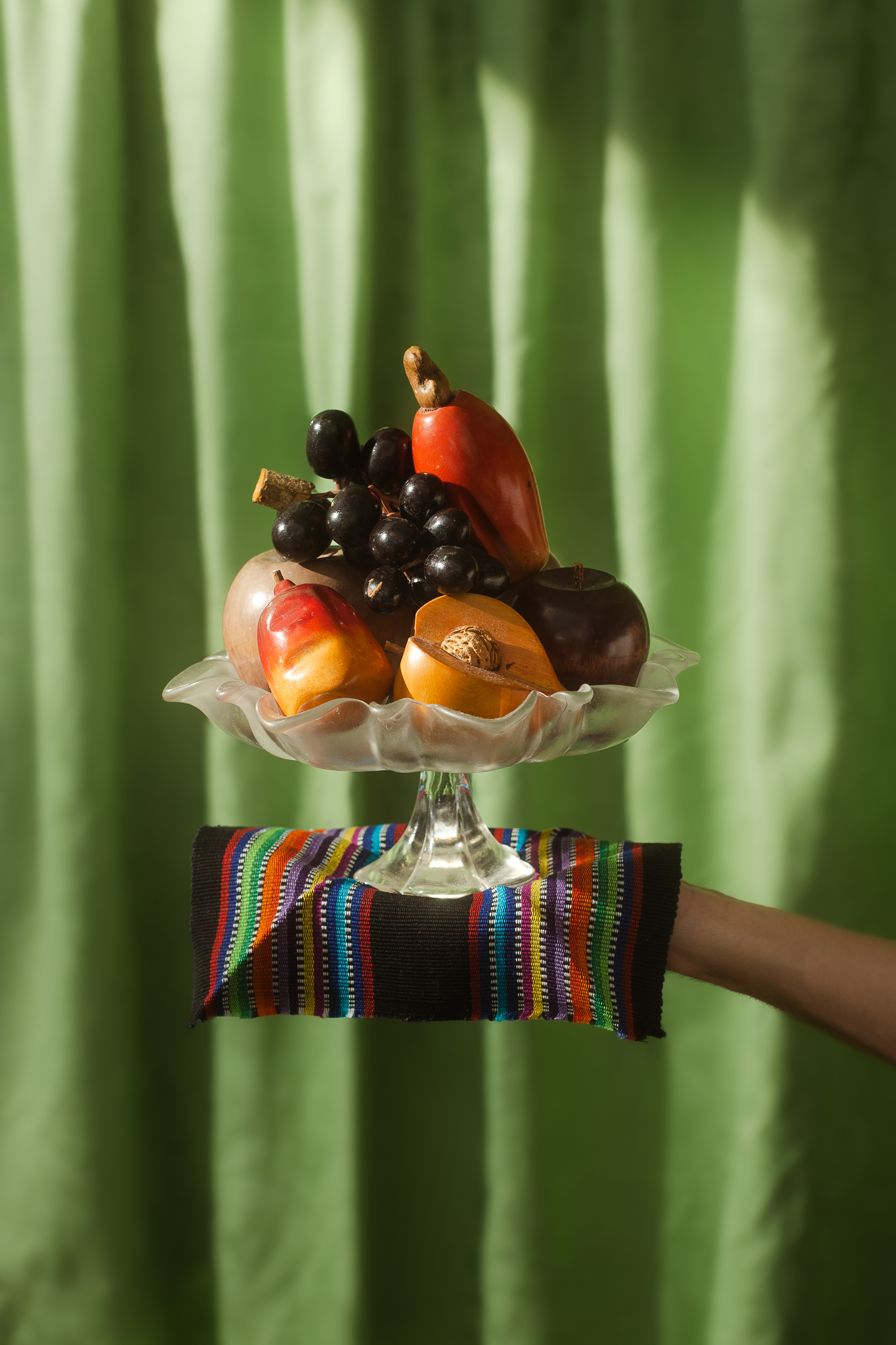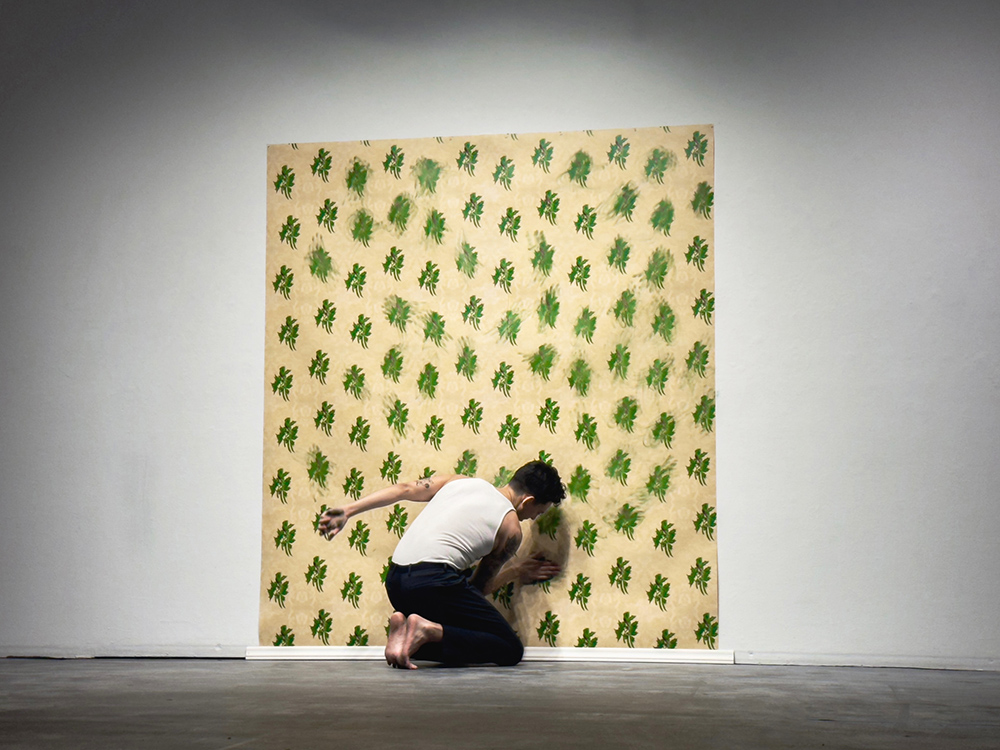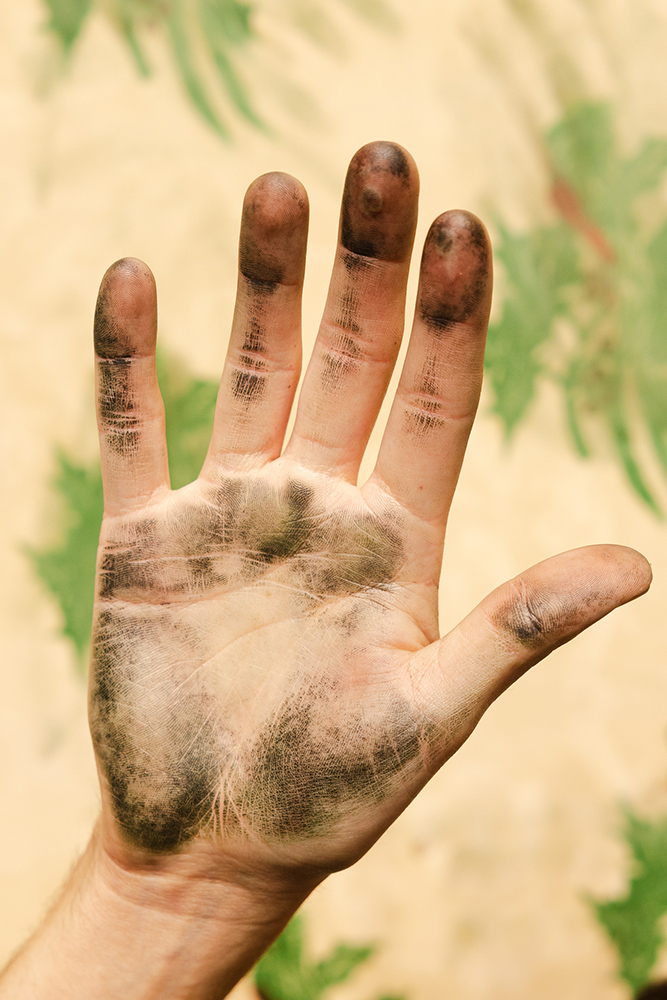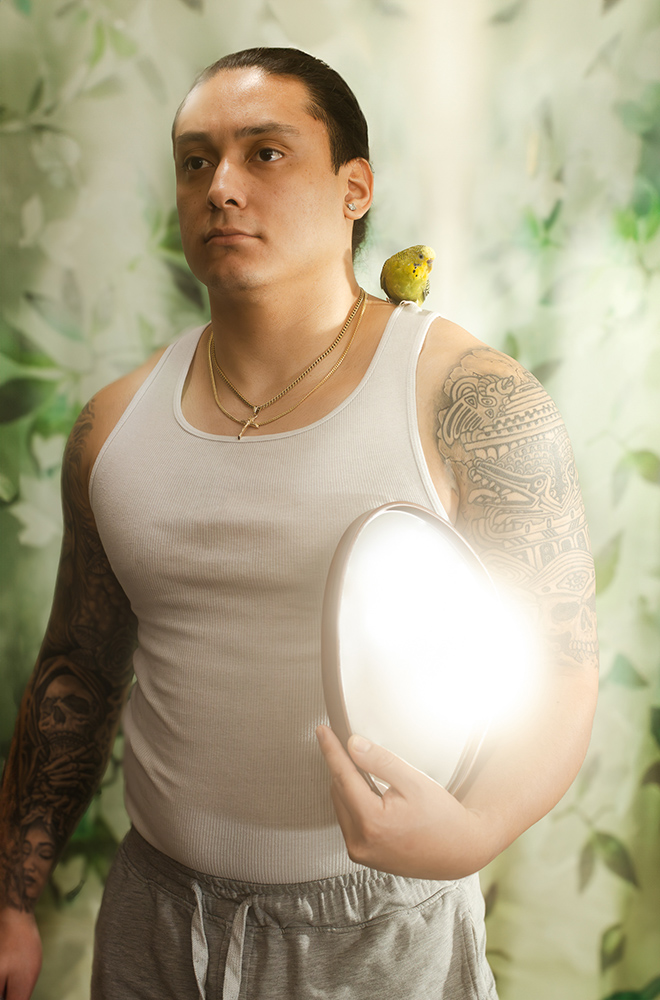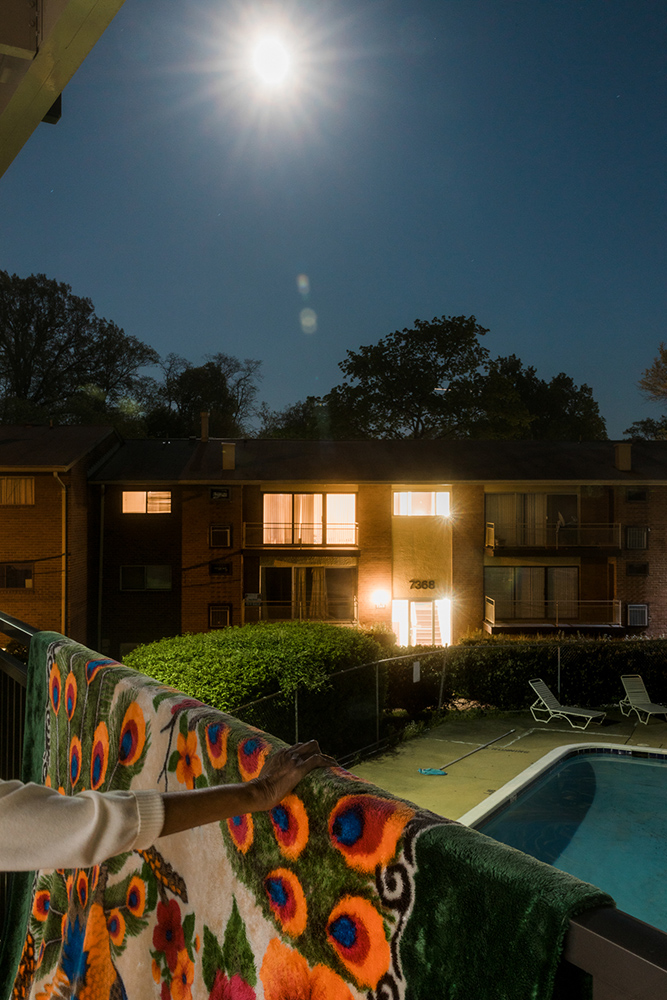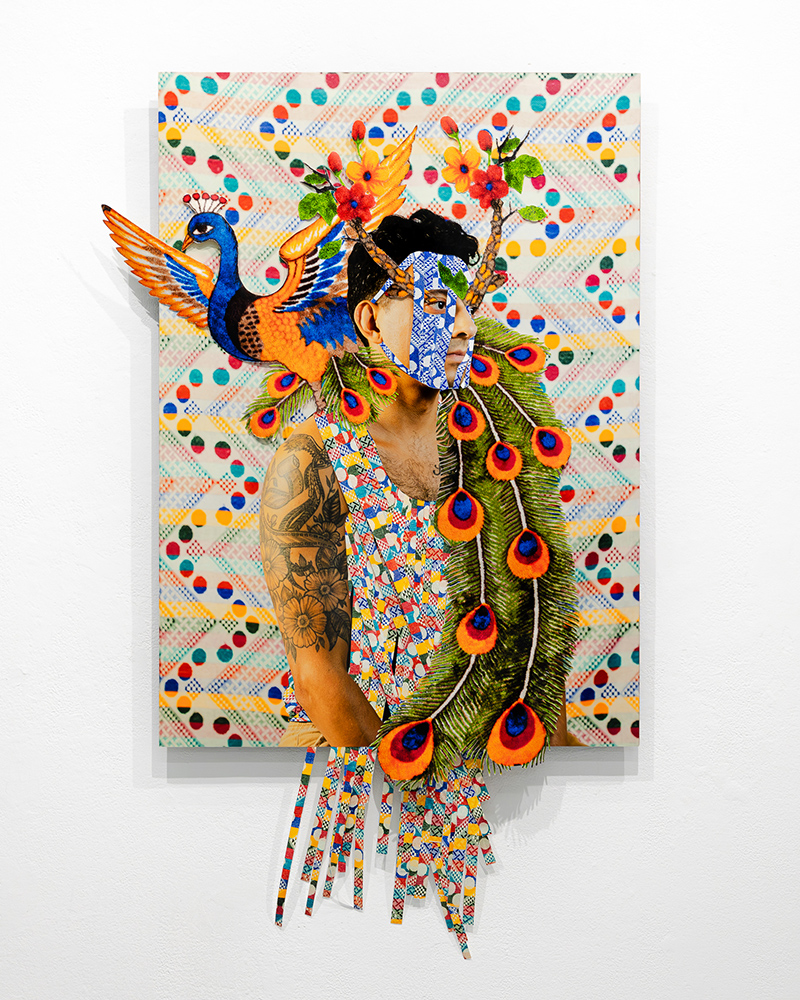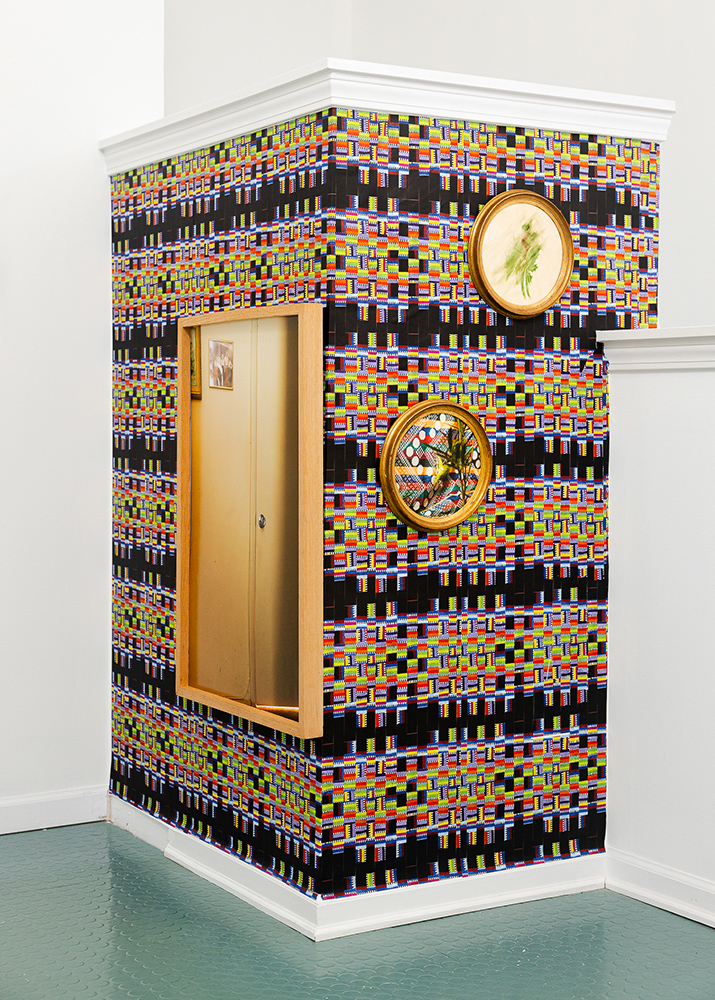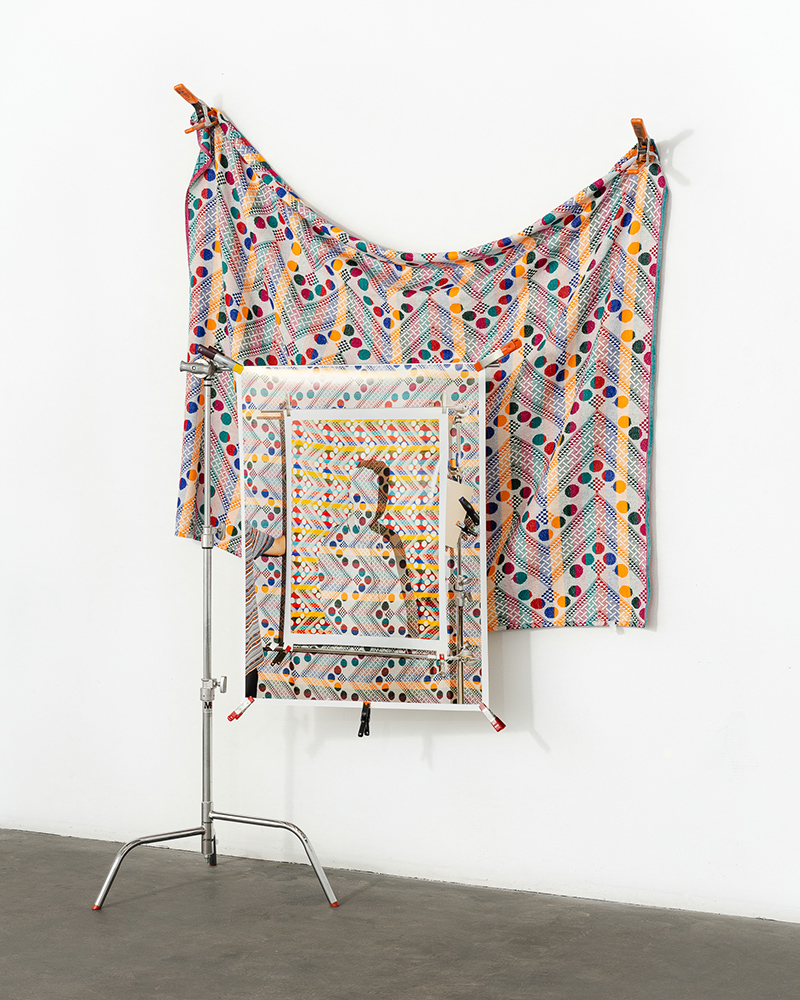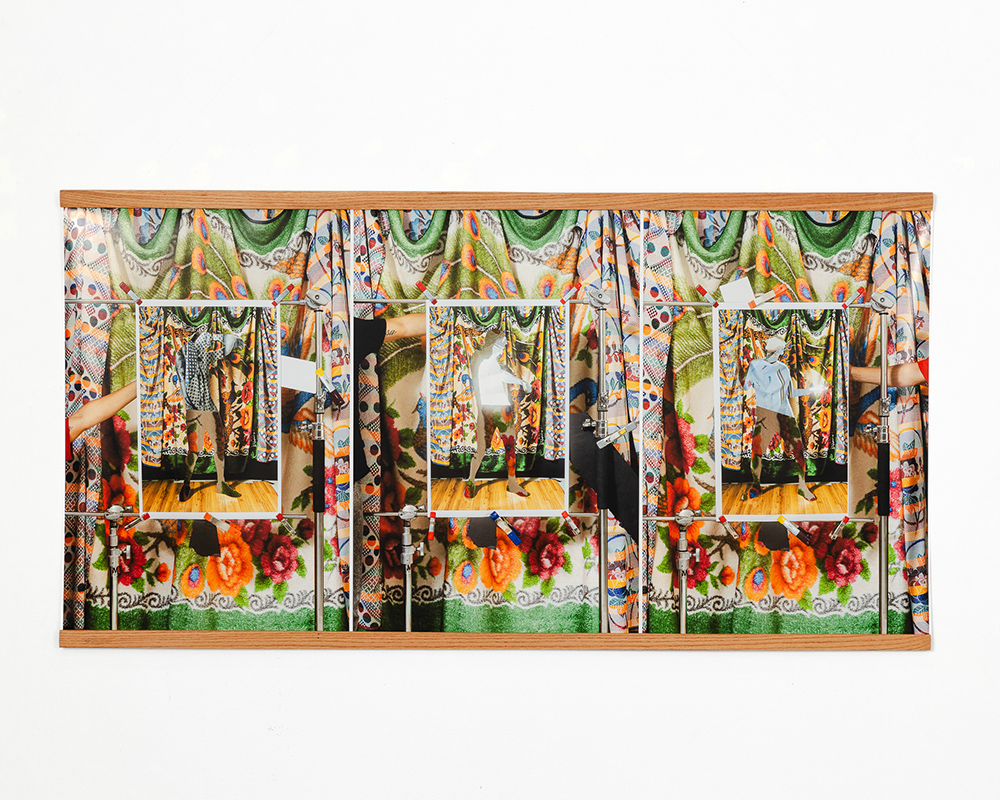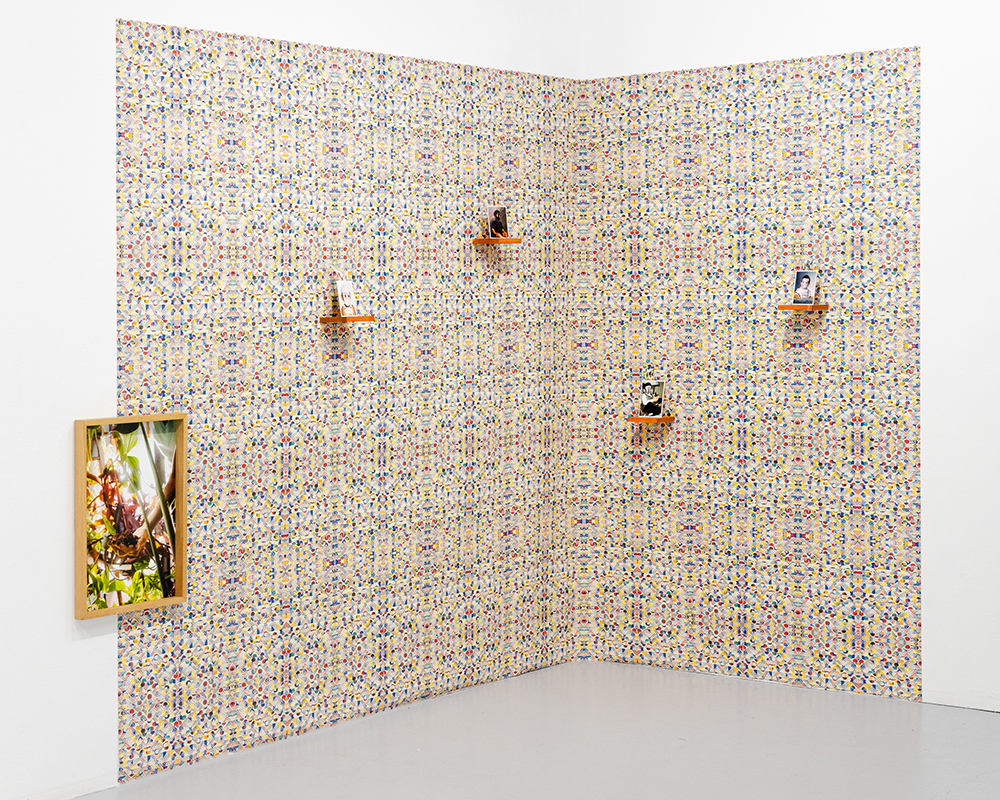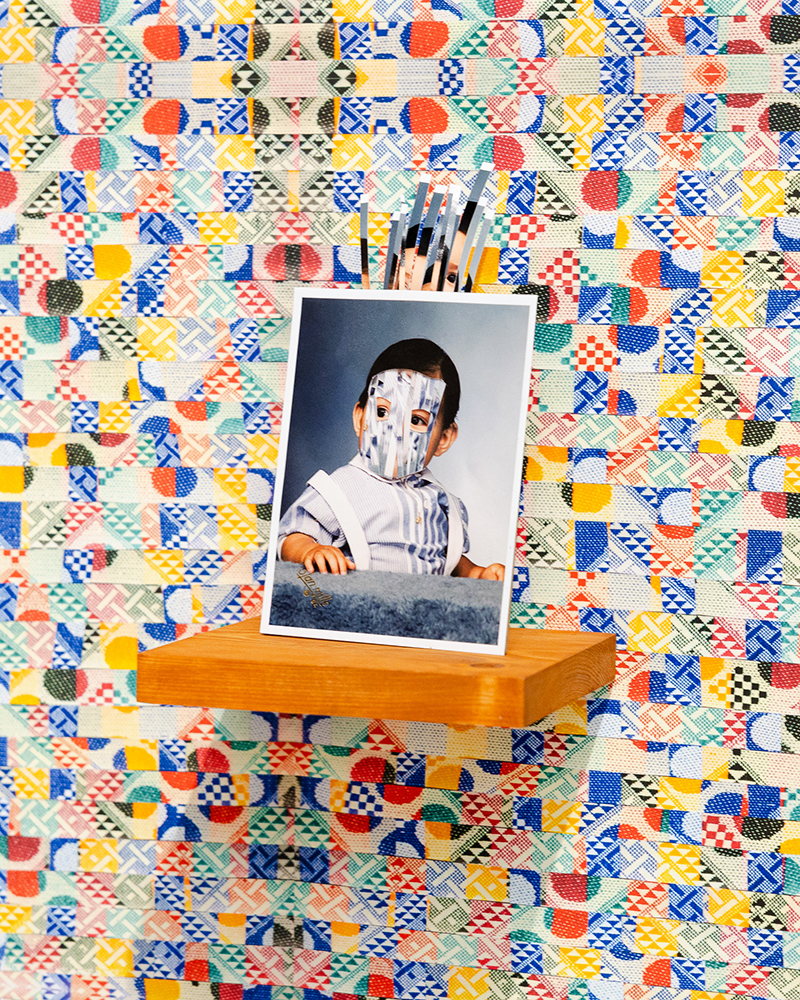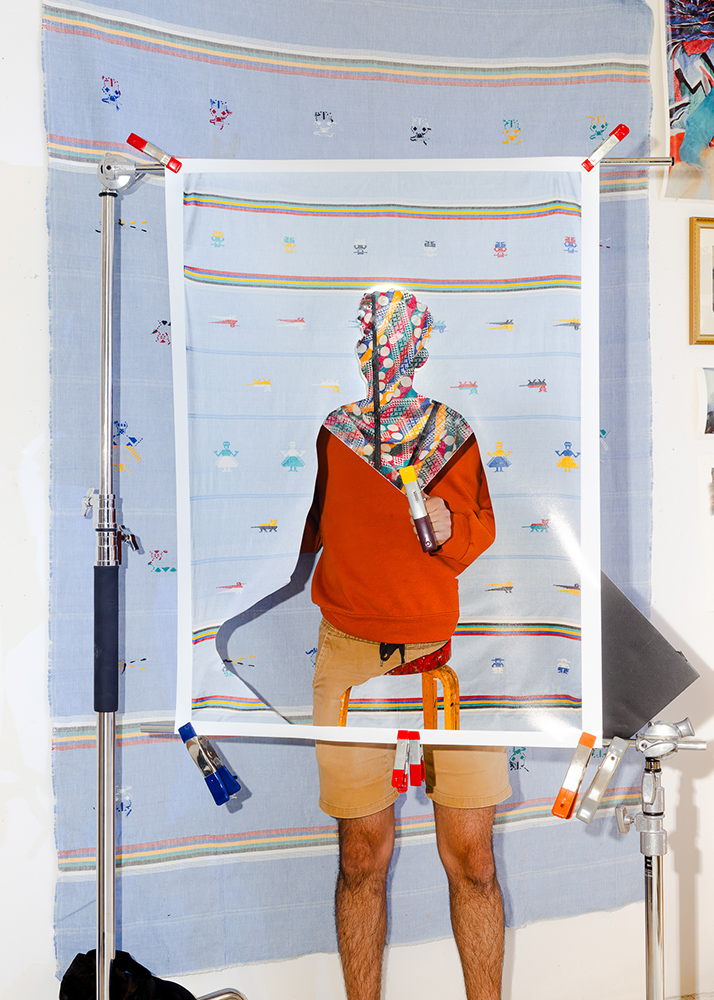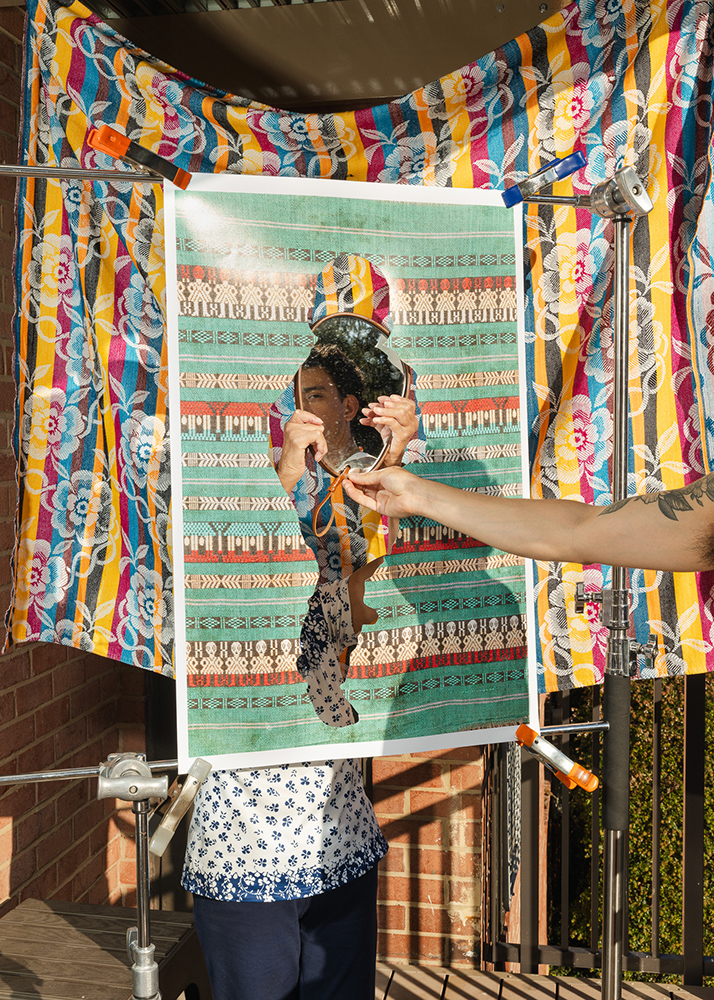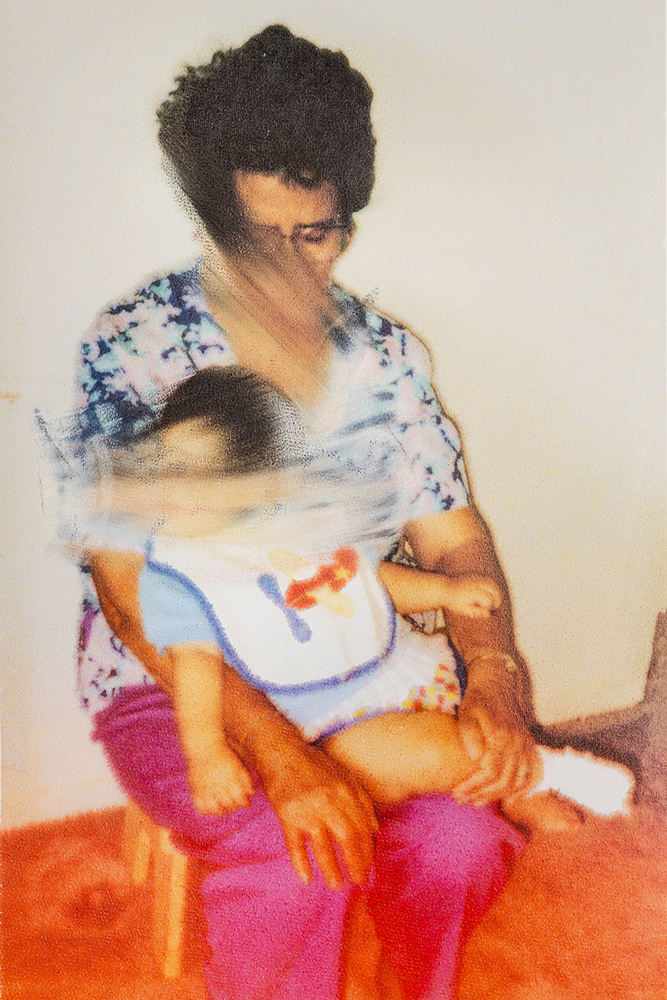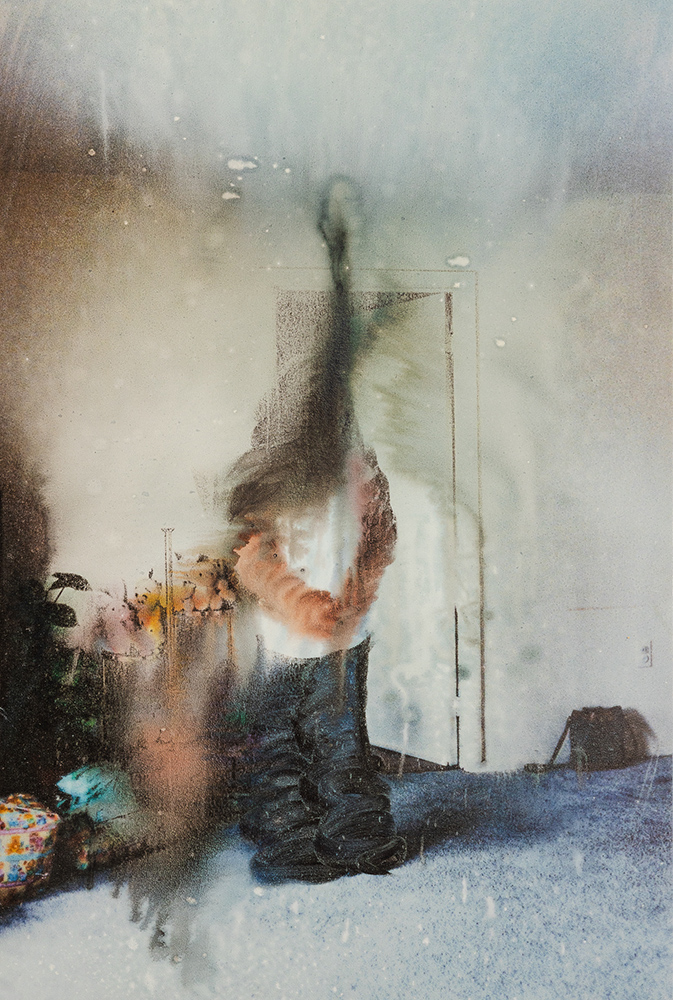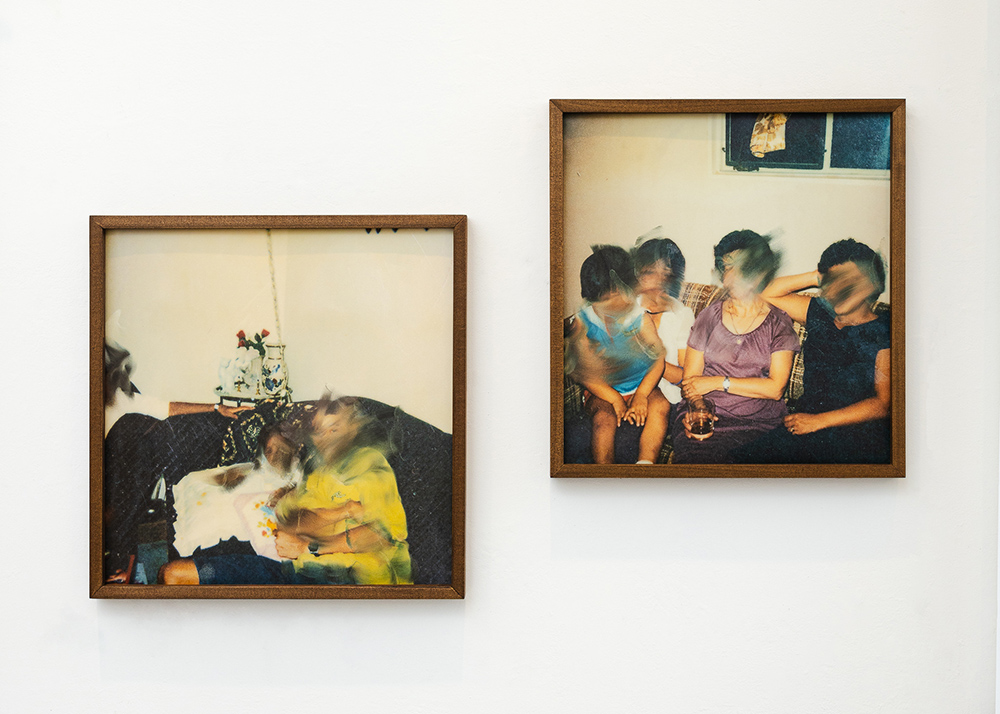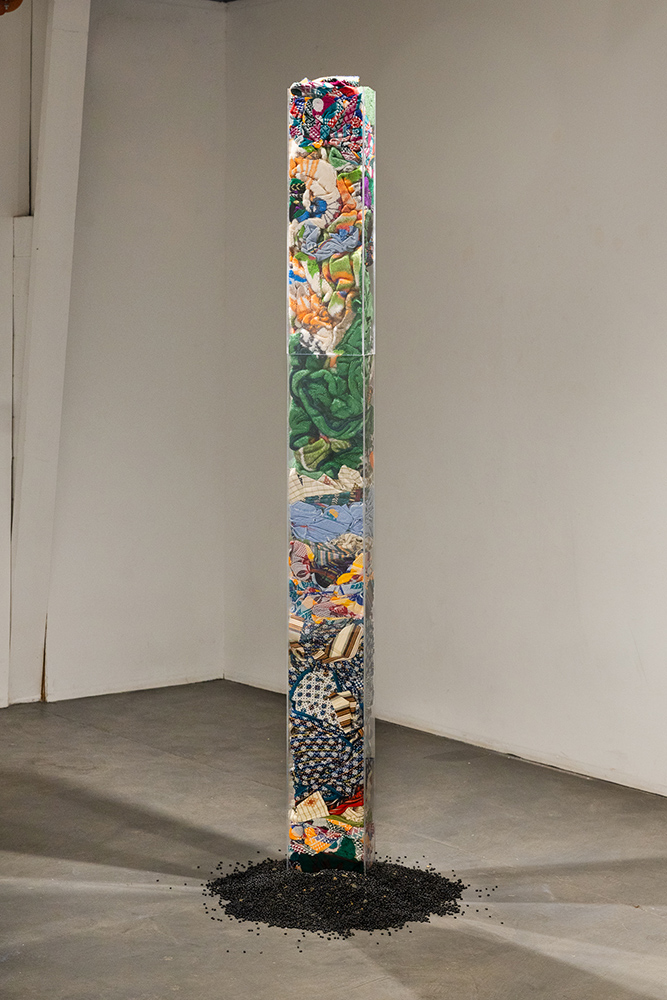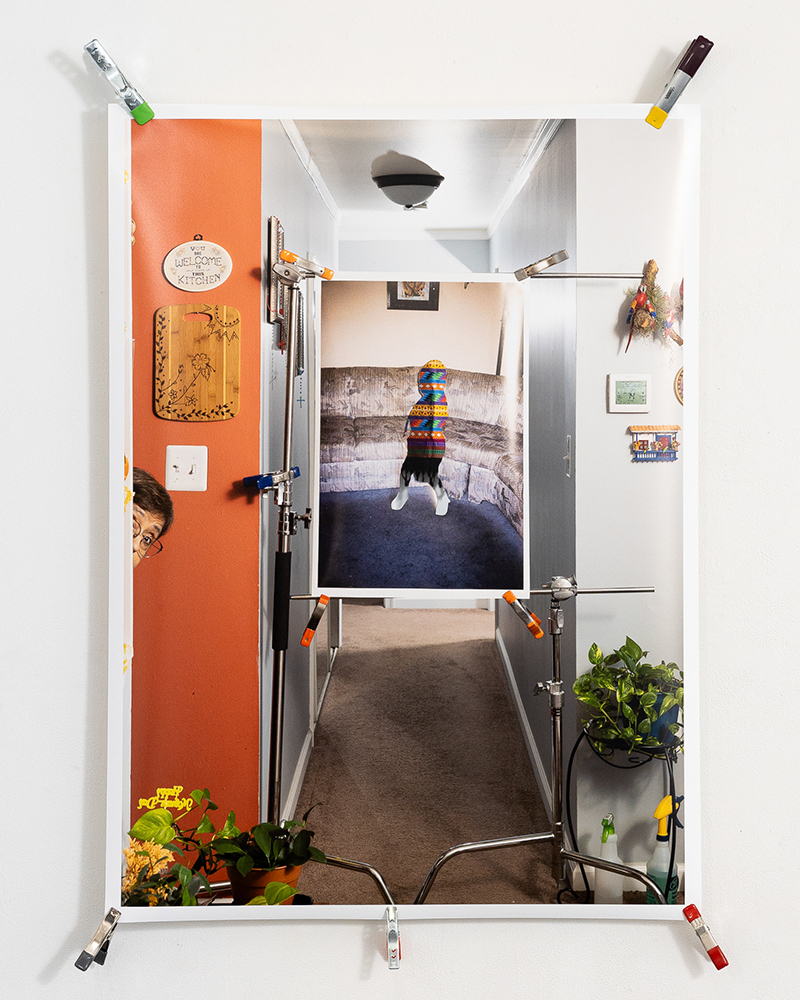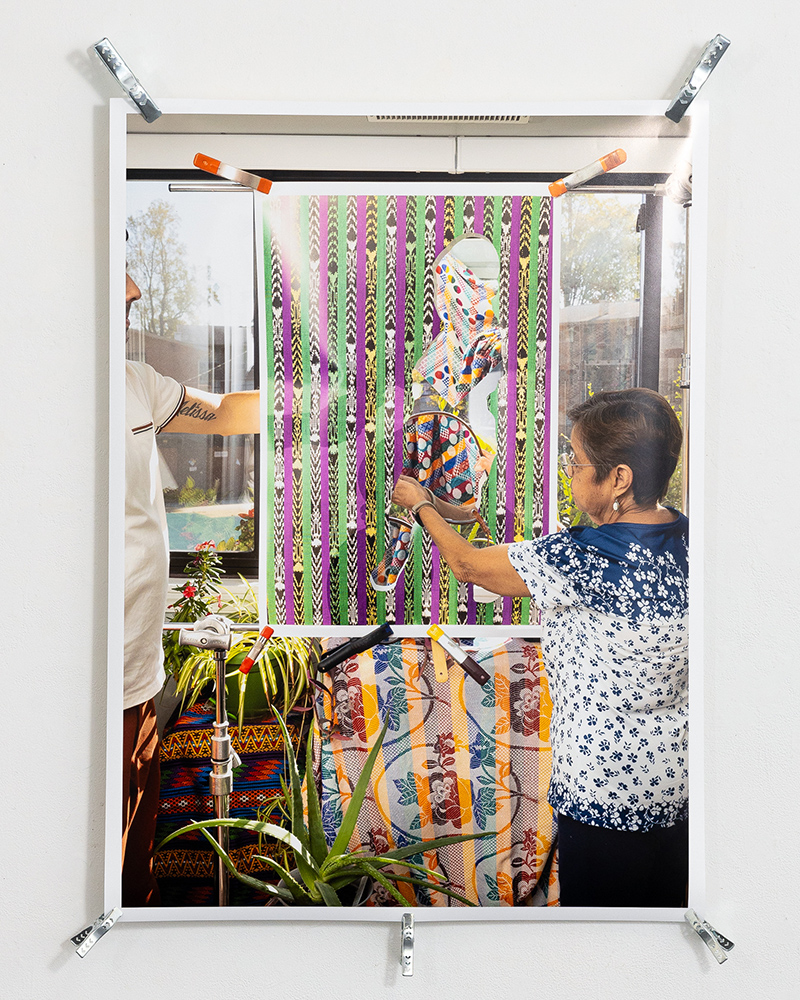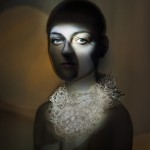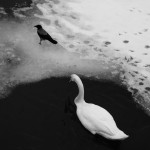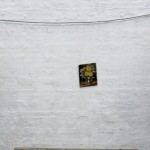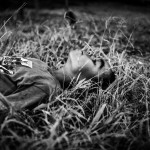Dominique Muñoz: Denis Roussel Annual Fellowship
Huge congratulations to the 2024 recipient of the Denis Roussel Annual Fellowship: Dominique Muñoz.
This annual Center of Fine Art Photography award honors Roussel’s memory and legacy. Denis inspired many to take risks in their work, step outside the boundaries of traditional images, and realize the magic of photography. Denis Roussel, passed away at 41 and was a talented and dedicated photographer who was beloved by his family, friends, and the photography community. Denis was lost to bile duct cancer on July 12, 2017.
The fellowship is to nurture artists in their artistic journey and is entirely funded by Denis’s family and friends.. This fellowship is tailored to help the selected artist reach the next level in their artistic path. It includes a stipend of $1,500 and various personalized resources to aid the recipient’s artistic journey.
Dominique Muñoz is a Guatemalan-American visual artist whose work is grounded in environments reminiscent of his childhood memories, supercharged with imagination. His work blends performance, collage, and photography to examine assimilation practices, family structures, and memory – weaving personal history into a broader reflection on identity and queer desires.a visual artist who uses photographic language to engage with personal and collective memory. He examines how we archive ourselves through images and spaces, shaping our sense of being. He challenges traditional ideas of masculinity by unpacking objects from his childhood home, highlighting the undercurrents of matriarchal labor and care. Family blankets become the foundation for weaving new patterns into his work – a remixing of traditions and culture shaped by migrations to the United States. Working with found objects, images, printmaking, and performance, his practice centers on themes of assimilation, desire, family, and memory.
Dominique is from Falls Church, Va. He received his BFA in Photography and Film from VCUarts in 2015 and was the inaugural Photographer-in-Residence for the 1906 Group, where he highlighted the collective effort involved in construction. In 2017, he had his first solo exhibition at the National Building Museum in Washington, D.C.
This past summer, Dominique was selected as one of Ox-Bow’s School of Art Summer Fellows and served as a guest curator for The Curated Fridge. His work has been shown in numerous galleries, including Candela Books & Gallery in Richmond, VA., Greenville Museum of Art in Greenville, NC., Silver Eye Center for Photography in Pittsburgh, PA., and Soft Times Gallery in San Francisco, CA,
Dominique is currently pursuing his MFA in Studio Art at the University of North Carolina at Chapel Hill as a Merit Fellow, where he continues his research into family archives, colonial histories, and the lore of his Guatemalan ancestors.
Instagram: @domo23
How did your interest in art and photography begin?
Since I was a kid, I always dreamed of being a magician. When I was a sophomore in high school I needed to enroll in an art elective and my mom suggested I take a darkroom photography class. She had a film camera that she often used to photograph my brothers and me, but I was hesitant. I didn’t think I would enjoy the class, but she insisted I give it a try, sharing that it was something she wished she learned herself. After photographing and hand developing my first few rolls of black and white film, I became captivated. The moment when I first watched one of my images emerge on the silver gelatin paper, I knew that photography possessed a unique type of magic.
How have you translated that magic of the darkroom into digital and other mediums of making art?
Moving into digital photography altered how I saw that magic in the darkroom. In an attempt to translate that magic into the digital space, I began to play more in Photoshop to layer images over one another to change the camera’s perspective. I also began to incorporate lenticular lenses into my work. I wanted to create subtle movements, similar to gifs, with the collaborators I worked with. I also wanted to force the viewer to participate by moving their body, so the lenticular lenses allowed that. These gestures were great explorations but still didn’t quite resonate similarly.
Carrying my camera around sparked conversations and opened doors to genuine interactions in the communities I inhabited. Yet, the elusive magic of photography was still missing. To bridge that gap, I brought together traditional film photography and digital imagery, allowing me to slow down and revel in the interplay of light and shadows that danced around me, highlighting objects and spaces that felt magical.
Lately, I’ve been captivated by illusions as a form of magic, deliberately distorting viewers’ perceptions of how my images come to life. Interestingly, none of these creations involve digital manipulation; they rely entirely on mirrors and silhouettes that I hand-cut. By layering numerous photographs in carefully crafted scenes, I disorient the viewer, evoking the mesmerizing tricks I learned from magicians. Each image acts as a visual puzzle—an experience that keeps you wondering and deciphering.
What was the impetus for Self Portrait as a Peacock?
Before beginning grad school, I had been experimenting with self-portraits and exploring ways to make my art more tangible. I started weaving photo paper together to create masks that covered my portraits. Inspired by Guatemalan masks used in various ceremonial practices to honor and communicate with ancestors, I also considered how these masks often depicted deities, animals, and characters from stories.
One of the first pieces I created in grad school was Self-Portrait as Peacock. Feeling stuck after relocating to North Carolina, I decided to photograph myself using one of my childhood blankets as a backdrop. I was thinking about how the lights from my strobes could reactivate the memories of those who cared for the blanket, particularly my great grandmother. By photographing the blanket, I imagined conjuring her spirit into the image. The woven strips became a form of ancestral armor, protecting me. The peacock, a symbol of effeminate masculinity that I had always connected with, along with a sense of confidence, strength, and good fortune, was brought over from another family blanket gifted to me by my grandmother.
The effect of material things on our feelings of connection and love are a recurring theme in art, this phenomenon transcends any capitalist ideas of goods and is a heart and soul place. Are there other works that you have used this theme? An aside: I love peacocks for their brashness, their behavior of belonging whether they do or not. And their call is unique, again sort of I’m here whether you like it or not. But maybe that’s my take and other don’t see them that way.
The way objects can hold and carry sentimental power is truly magical. Much of my current work revolves around reflecting on my childhood home and its transformation over the years. This alteration is seen through the furniture, photographs, and objects surrounding us—items that illustrate a personal journey and reveal assimilation into a new culture, often defined by what’s deemed “acceptable” in the United States.
In my recent explorations, I’ve begun photographing these spaces and constructing scenes that highlight their changes and showcase cherished objects that resonate with a wider LatinX community. Each piece tells a story, holding a collective memory that transcends my experience.
One addition to my work is the use of black beans, which evoke tender memories of sorting them with my great-grandmother and grandmother around the dining room table – an object for collective gathering. Those moments were filled with coffee, laughter, and shared stories. I have incorporated these black beans into a new sculpture that uses family textiles to create a 10-foot totem. The beans physically ground the sculpture, acting like soil for erecting the totem. I envision this piece as a source of community and gathering—an orientation device for those navigating the migration journey or navigating within the diaspora, reminding us of our roots while embracing new beginnings.
Any advice for people considering an MFA program?
A piece of advice I received during my undergraduate years was to not immediately enroll in an MFA program and instead experience life a bit. Honestly, I didn’t think I would return to pursue my MFA after establishing a career as a photographer in various roles. However, when the pandemic hit, I became extremely exhausted from working and yearned to reinvest that energy back into my own practice, which I had neglected. I discovered that some universities offered fully funded programs, which completely transformed my perception of graduate school. I decided to only apply to schools that would cover my tuition and expenses. So, another piece of advice would be to research and explore these fully funded programs and other funding opportunities available. Additionally, don’t hesitate to negotiate your funding package, which can be advantageous when applying to multiple schools.
Such great advice.
Where is your work headed now? What are your short and long term goals for making art?
My current work engages with personal and collective memory. I’m interested in how we archive ourselves through images and spaces, shaping our sense of being. My research focuses on Guatemalan textiles’ history and cultural significance. I’ve been thinking about these textiles in many ways. I see them as symbols of resilience, memory, and a sense of home. They carry stories of home, mythology, and cultural identity. My current work emphasizes the power of these textiles as visual narratives, encoding memories of survival and resistance through the colors and symbols woven into each one.
In parallel, I’ve been working with personal family photographs, physically altering them through bold smudging gestures. I contemplate the legitimacy of photographs and their attempts to hold onto an idealized past, omitting the complexities and shadows that linger. I intentionally misprint these photographs, causing the paper to reject the ink and sit atop the paper. This method gives me a palette of ink to manipulate using my wrists, fingers, and palms. I primarily remove the subject’s faces from the images, allowing viewers to reinterpret and impose their narratives.
My short-term goal is to fine-tune the work I intend to present for my graduate thesis show this coming April. During the same period, my cohort and I have a group show at our campus art museum. I’m interested in creating a new installation piece using wallpaper and these family image paintings.
In the long term, I aspire to establish myself as an educator, mentoring other artists interested in using photography as a medium. I’ve had many mentors in the past who have guided and inspired me to explore new paths in my art. I want to continue this gesture of support and encouragement to future artists while also pushing the boundaries of the photographic medium.
Posts on Lenscratch may not be reproduced without the permission of the Lenscratch staff and the photographer.
Recommended
-
Ragne Kristine Sigmond: Portraits of Painterly LightDecember 2nd, 2025
-
Mary Pat Reeve: Illuminating the NightDecember 1st, 2025
-
Ricardo Miguel Hernández: When the memory turns to dust and Beyond PainNovember 28th, 2025
-
Pamela Landau Connolly: Columbus DriveNovember 26th, 2025
-
MATERNAL LEGACIES: OUR MOTHERS OURSELVES EXHIBITIONNovember 20th, 2025

